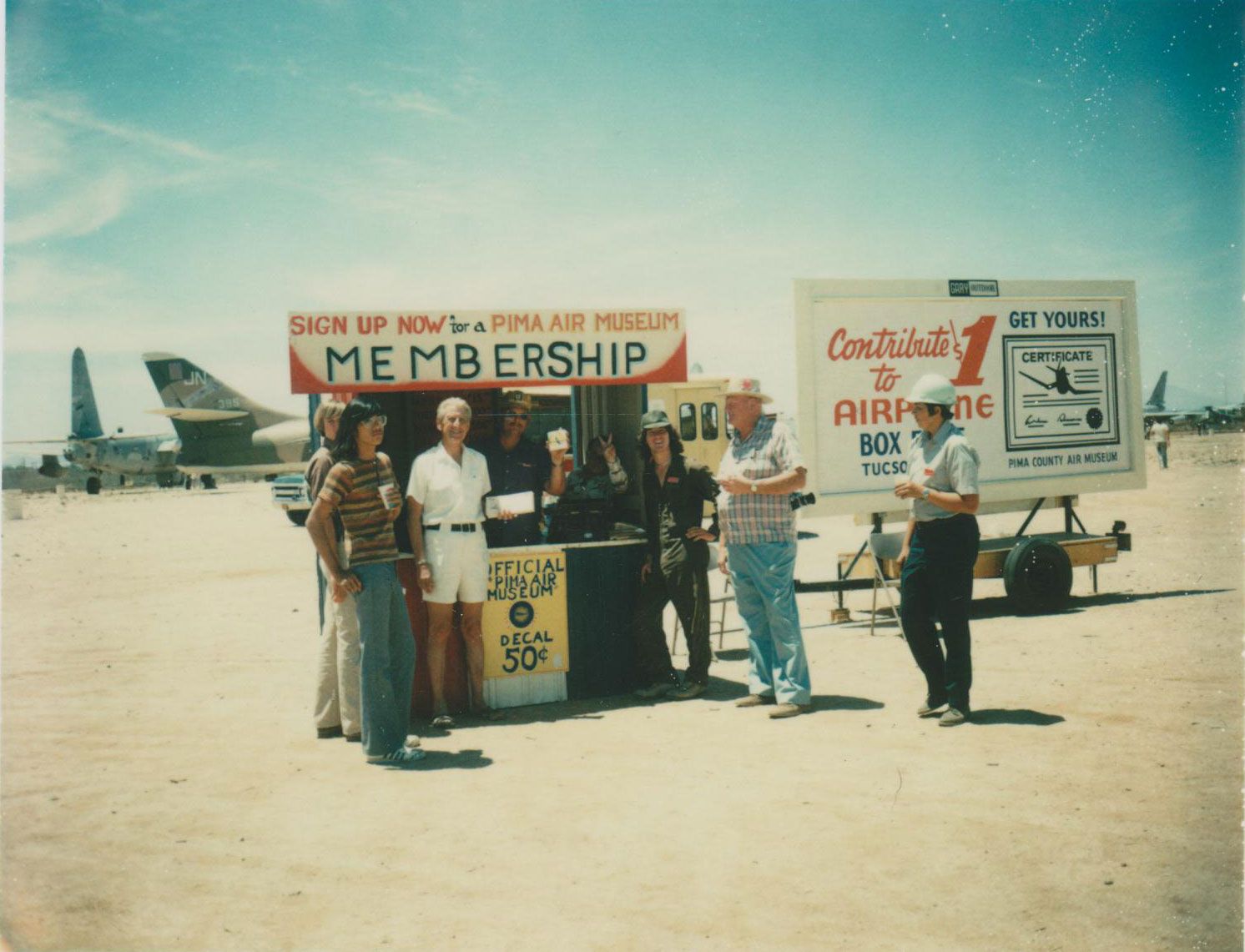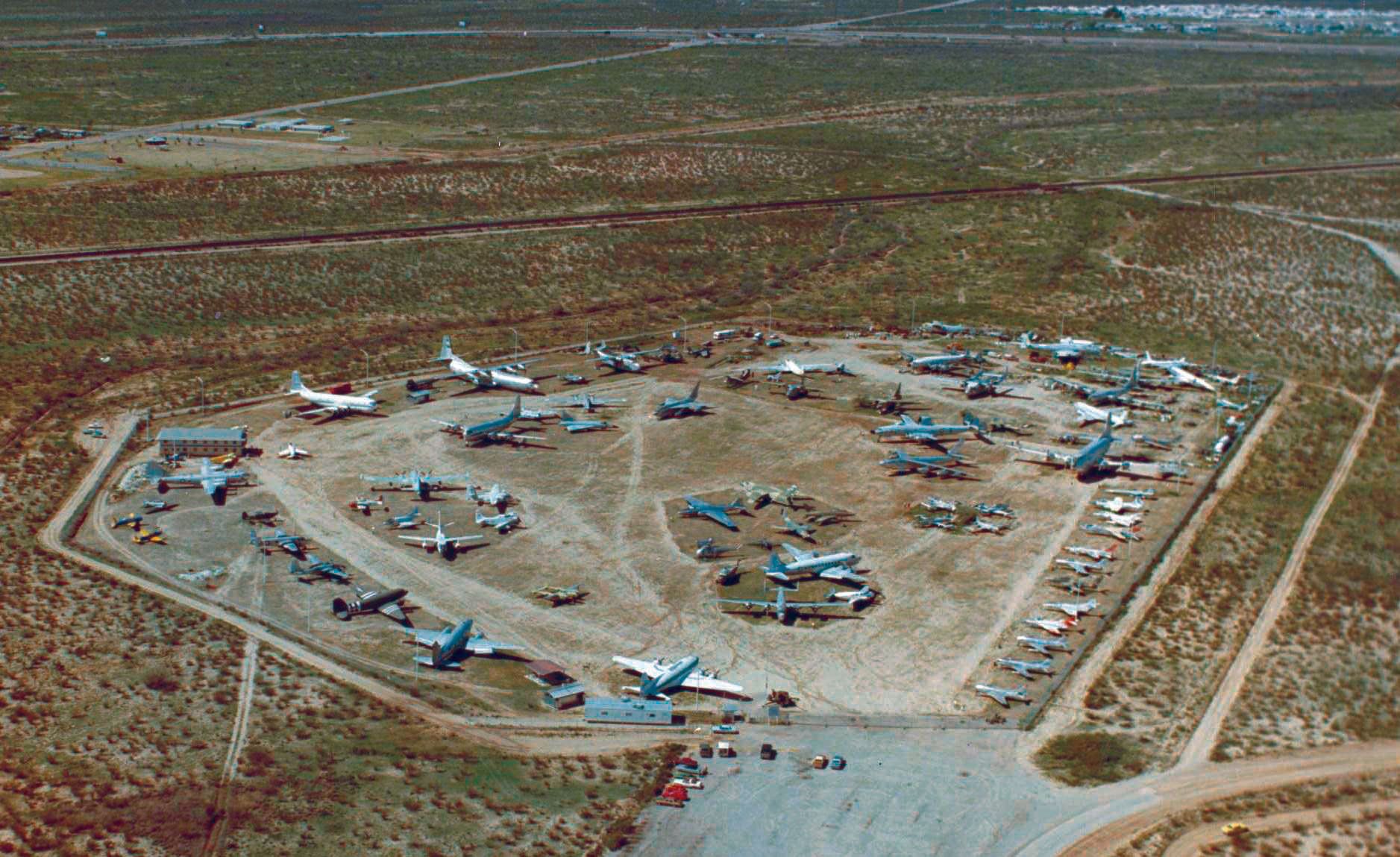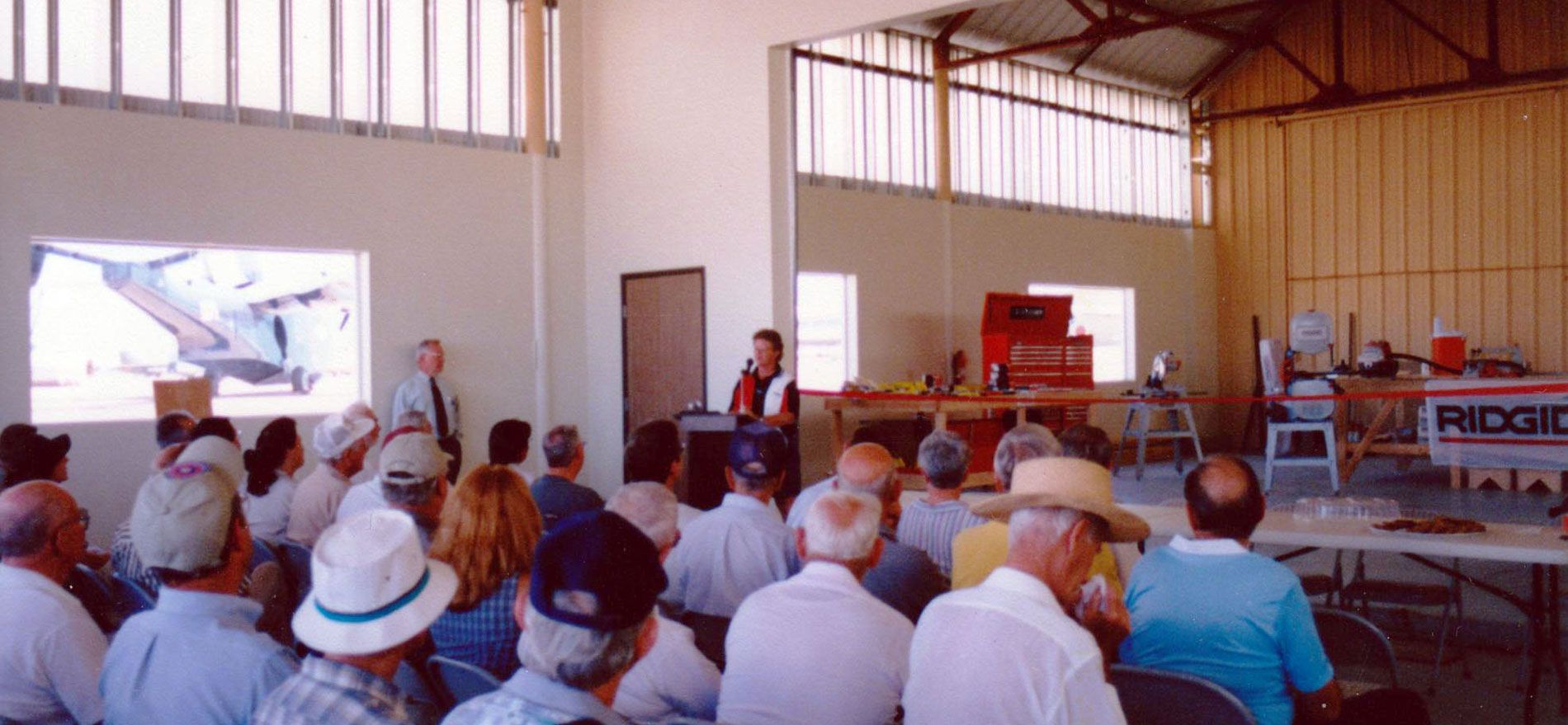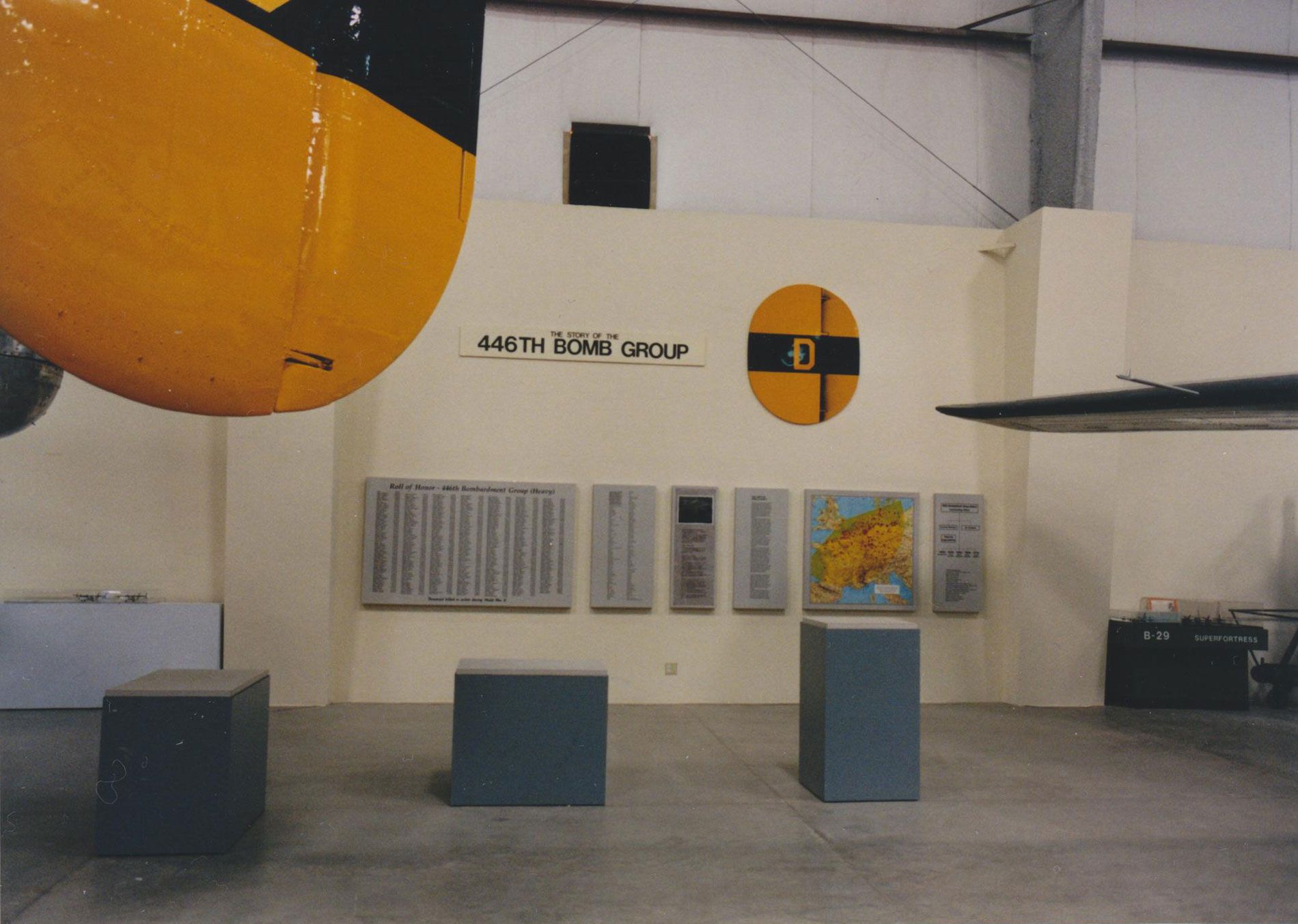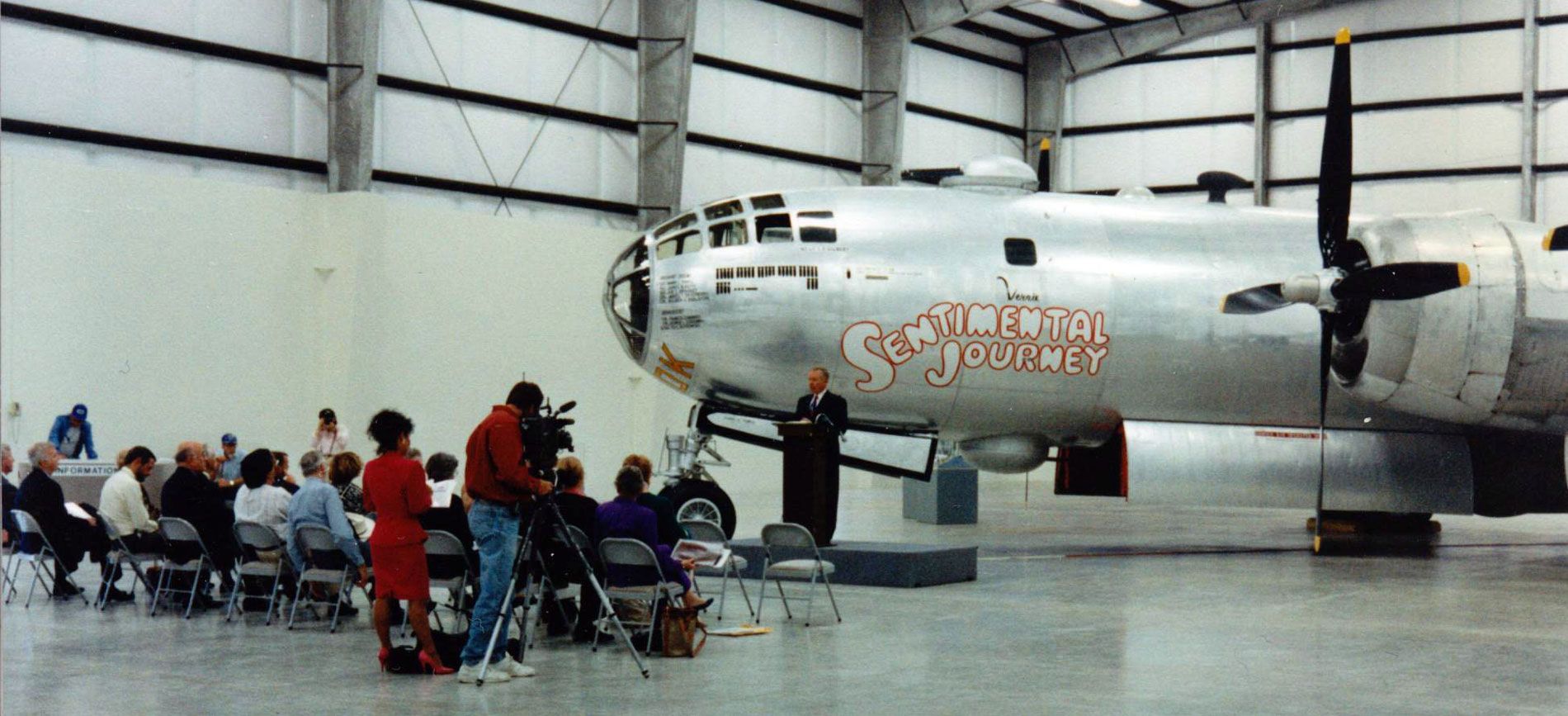History of the Pima Air and Space Museum – Part 2
by James Stemm
Simple Beginnings
In the beginning the museum was little more than a fenced in field with airplanes parked on it and a small, white, trailer to serve as ticket booth and administrative office. By early the next year further small improvements to the museum’s infrastructure were put in place. The museum acquired several surplus storage buildings and erected a small, open-sided shelter for aircraft undergoing restoration in 1978. The dedicated staff and volunteers made the best of the primitive conditions and slowly the museum’s aircraft began to be reassembled, repaired, and repainted. In the early years, the museum could be easily mistaken for a part of MASDC, or one of the numerous scrap yards in the area.
Hangar 1
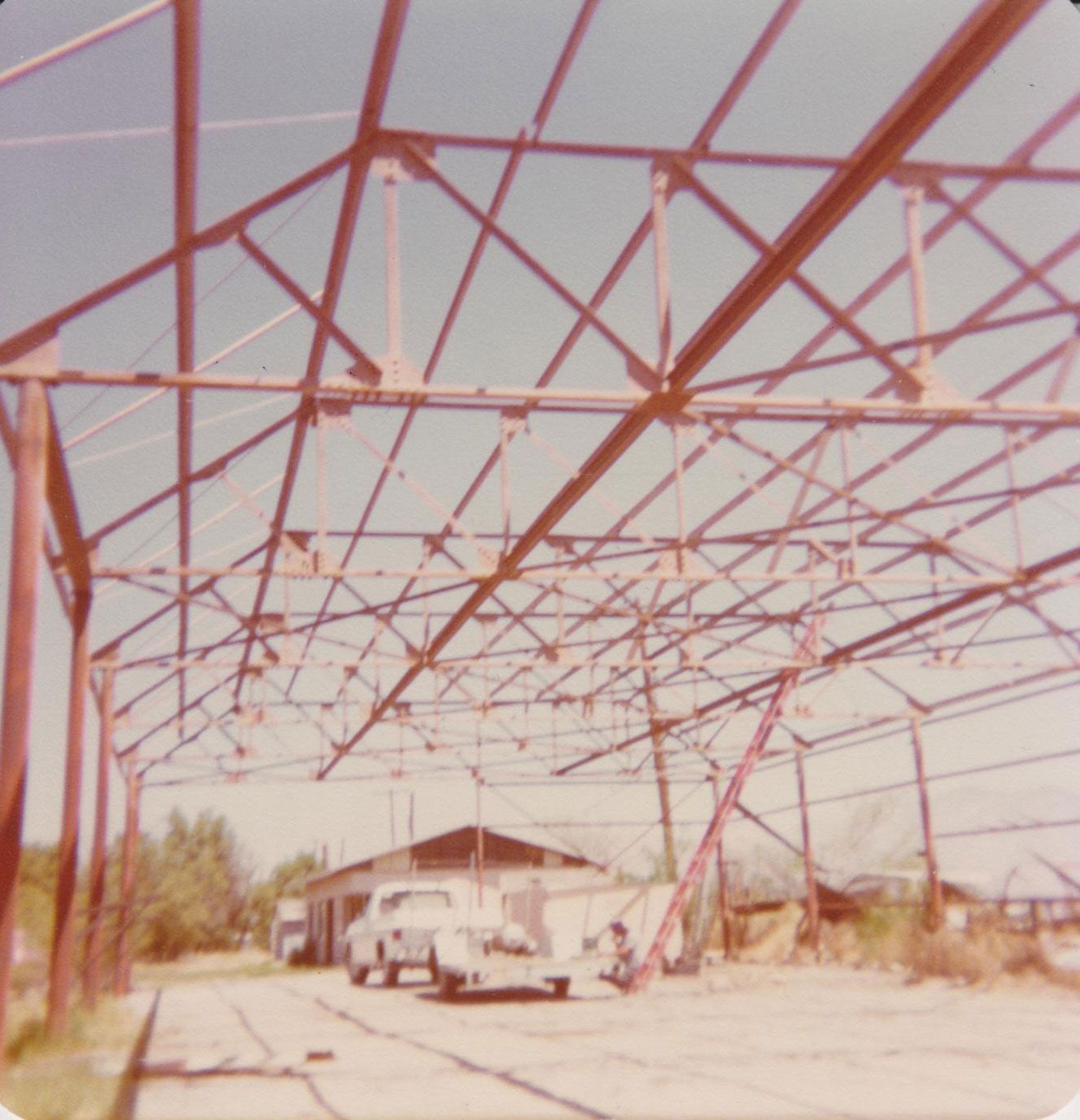
Nevertheless, attendance was good and over the next four years over a quarter of a million visitors came through the gates. In 1980, the museum began planning for the first large permanent display building. The building would house a gift shop and admissions area, and a display gallery for the collection of fabric covered aircraft. Construction of “Hangar One” began in 1981 and was completed early the next year. The new building greatly enhanced the visitor experience at the museum and annual attendance numbers continued to climb.
390th Memorial Museum
In 1982, the museum entered into partnership with the 390th Bomb Group Memorial Museum Foundation to create a museum dedicated to the World War II history of the 390th and the B-17. The 390th Memorial Museum opened in 1984 in its own building in the center of the museum grounds. Run as a separate museum by veterans of the 390th the building houses a B-17G Flying Fortress along with a library and an extensive collection of artifacts from the members of the 390th Bomb Group.
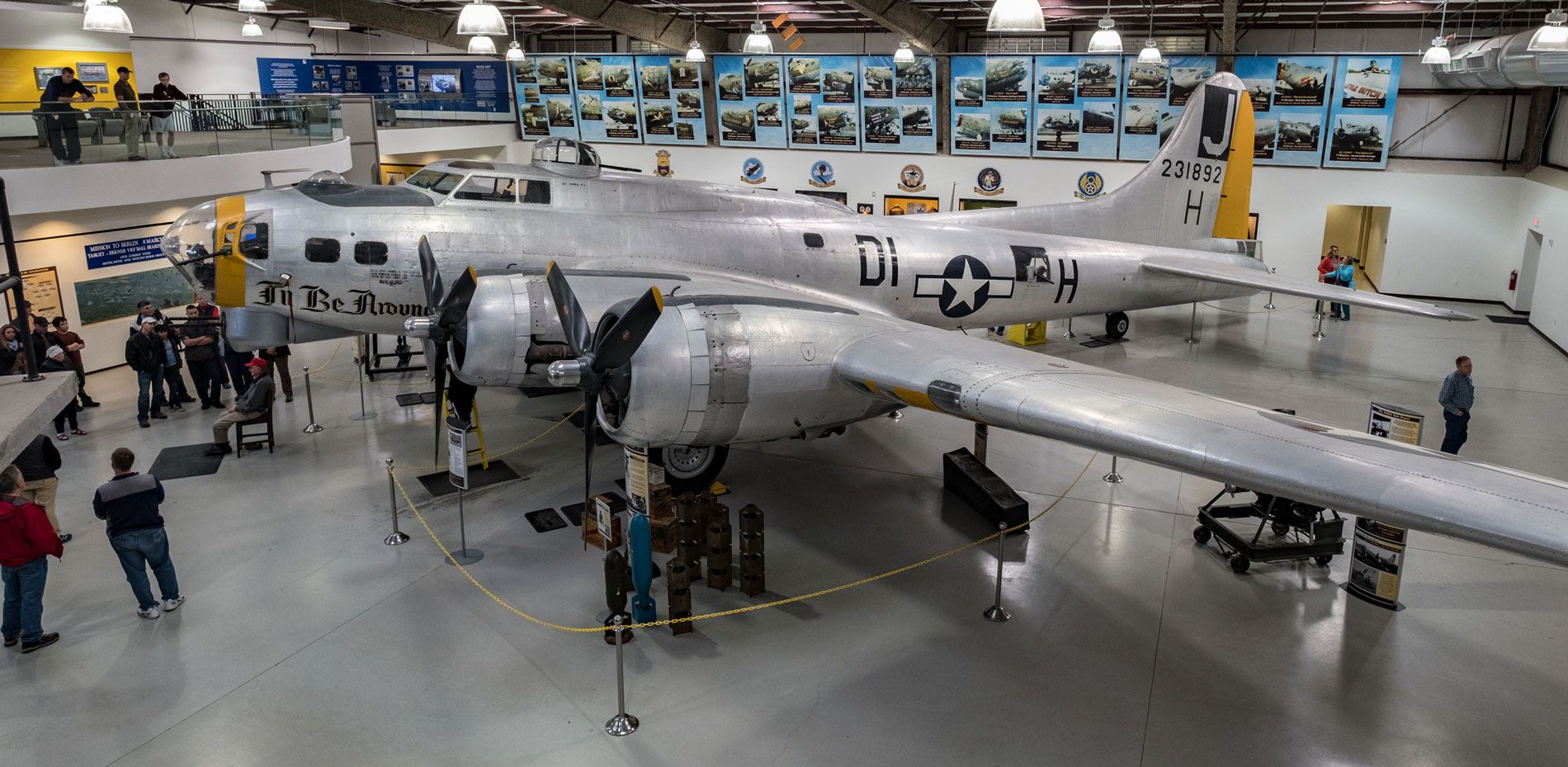
Titan Too!
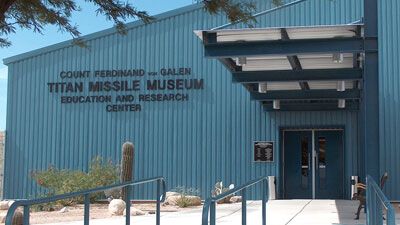
That same year then President Reagan announced that the Titan II ICBM system would be retired. Of the three Wings of missiles scattered around the United States the first selected for deactivation was the 390th Strategic Missile Wing located at Davis-Monthan Air Force Base in Tucson. The Tucson community again stepped forward with the idea of preserving a part of aviation history by turning one of the soon to be deactivated silos into a museum. The Tucson Air Museum Foundation agreed and the Air Force was approached with the idea. After much negotiation, both within the U.S. government and with the Soviet Union it was agreed that one silo would be preserved for use as a museum. The one selected was located near Green Valley, Arizona. The silo was deactivated on November 11, 1982 and after Soviet satellites were given time to verify that both the silo and the missile that would go in it had been rendered harmless, work began to set up a visitor center at the formerly highly guarded site. The Titan Missile Museum opened to the public in May 1986, ten years to the day after the opening of the Pima Air Museum, offering a rare look, both above and below ground, at the top-secret world of a nuclear missile silo.
Hangar 2
While the Pima Air Museum’s visitors enjoyed the benefits of new display buildings the staff continued to labor in rather primitive quarters. Much of the museum’s collection was stored inside the larger aircraft or on the top floor of the barracks building. In 1987 this finally changed with the construction of Hangar Two. This building was designed to house the museum’s administrative offices, library, archives, collections storage and a small exhibit gallery for the Arizona Aviation Hall of Fame.
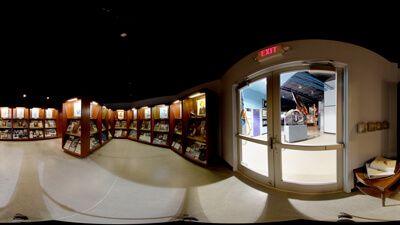
Hangars 3 and 4
The construction of Hangar Two began a period of very rapid growth for the museum. Between 1990 and 1994 a total of three large buildings were erected. The first in 1990 was a new restoration hangar capable of containing all but the very largest of the museum’s aircraft. In 1992, Hangar Three was constructed to house much of the museum’s collection of World War II aircraft including the prized B-24J Liberator. The year 1994 saw the erection of Hangar Four to house the more of the museum’s World War II aircraft with the museum’s B-29 Super Fortress as the centerpiece.

